Tree Inspections and Management
Planning, Inspection and Management Consultants
Trees are the responsibility of the owner and the manager of the land which they are on. Part of that responsibility is managing the possible risk they pose to people and property. This is particularly important, as failure to fulfill this duty can result in claims of negligence against the tree owner. If trees are regularly checked and managed by a competent person the risks can be reduced.
Curley Consultants can provide a comprehensive hazard and risk evaluation of your trees, with recommendations for any necessary remedial works. The level of inspection can range from a visual inspection, looking for obvious problems on a single tree to a detailed inspection of an individual tree or a large number of trees. Whatever the type of inspection required, work will only be recommended if necessary and the level of urgency of any work will be highlighted.
Curley Consultants does not undertake tree surgery works, so you can be assured of impartial advice at all times. If remedial work to your trees is needed then we can recommend a suitably qualified and insured contractor to do the work.

IML PD500 Resi-drill
A Resi-drill is an efficient, accurate, and highly portable assessment tool designed to detect decay, cracks, and hollows within a tree, including its branches, trunk, and both above and below ground, as well as in the structural roots. This device utilises a specialised 50cm long, 3mm diameter drill bit with a 1.5mm shaft to mechanically penetrate the tree’s tissue, measuring the resistance encountered during the drilling process. Additionally, the resi-drill can serve as an additional assessment tool alongside other decay-detecting technologies, such as sonic tomography.
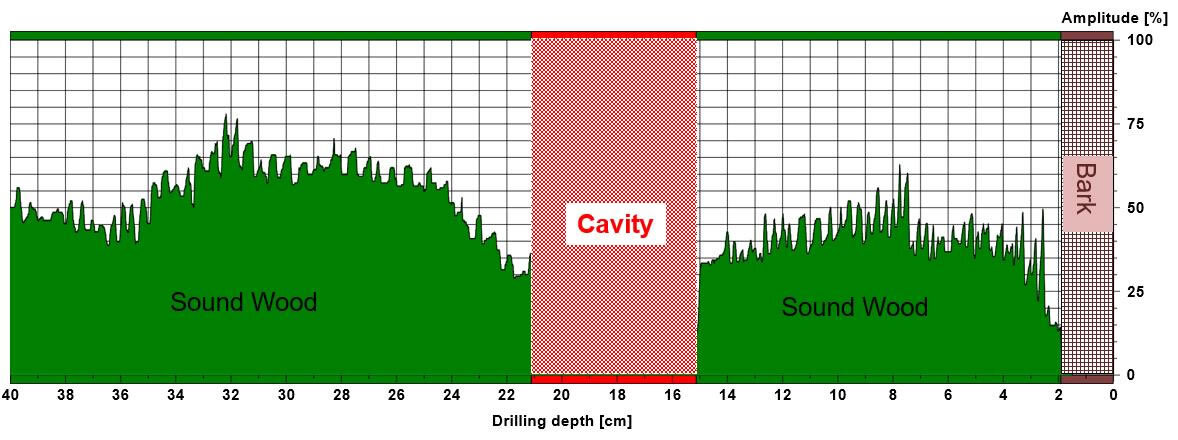
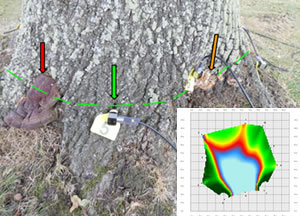
SONIC TOMOGRAPHY (SOT)
This is a non-invasive tool for assessing decay in trees. The results can be combined with other scans in a 2D or 3D representation to provide a better understanding of the internal condition of the stem.
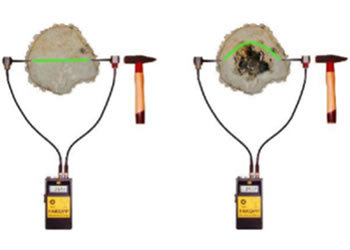
STRESS WAVE TIMER
The Microsecond timer is designed to measure stress wave propagation time in trees. Velocity can be calculated and used to detect hidden decayed areas or holes.
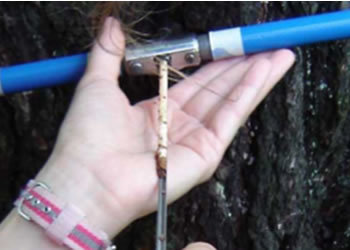
INCREMENT BORER
Is a specialized tool used to extract a section of wood tissue from a living tree with relatively minor injury to the plant itself. This can reveal the age of the tree, its growth rate and the extent of any decay.
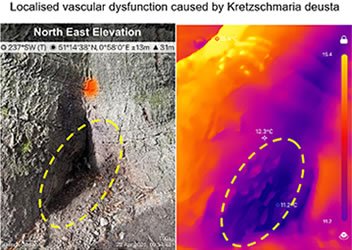
THERMAL IMAGING CAMERA (TI)
This produces images using the amount of infrared energy emitted, transmitted, and reflected by an object. A thermal imaging camera will show subtle temperature changes when the tissues of the wood or bark are altered or destroyed by physical actions or pathogens in addition to identifying areas of restricted vascular activity or destroyed tissues below the surface
PULL TESTING
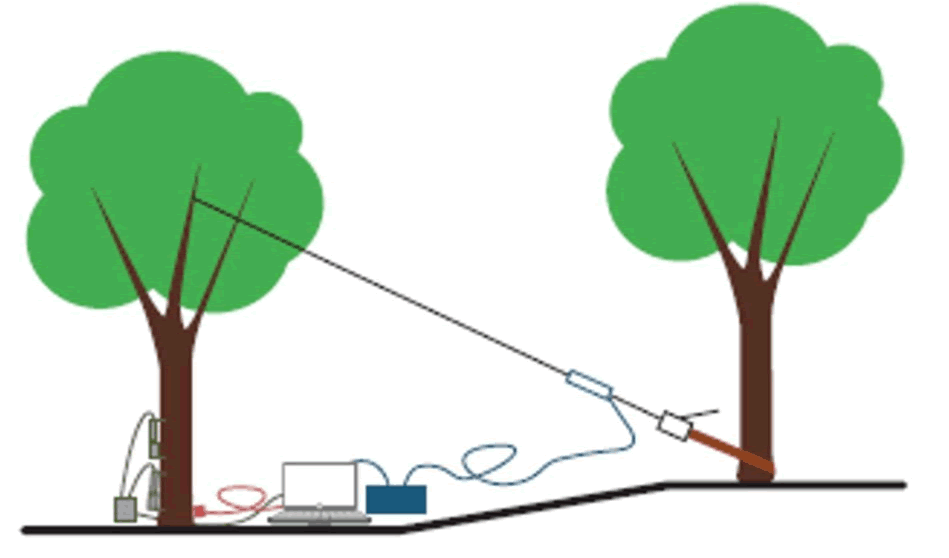
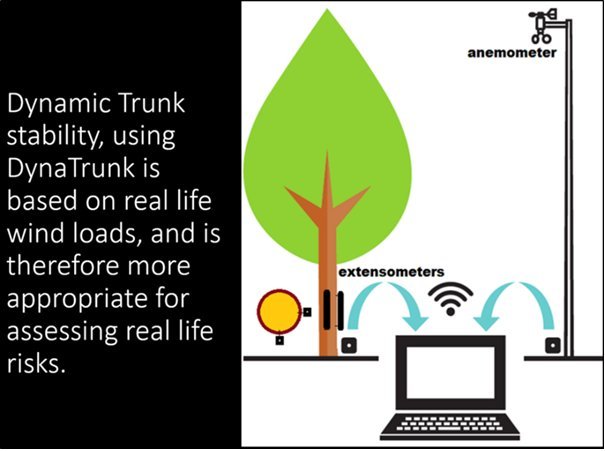
TREE STABILITY & PULL TESTING
Key dimensional information is used to compute various factors in relation to tree stability enabling determination and comparative evaluation of:
- Tree wind load and centre of gravity.
- Safety improvement following crown reduction.
- Stability reduction by decay.
- Tipping-stability reduction by root decay and/or trenching.
- Safety-balancing between the retained stem cross-section and wind load experienced by the tree.
This allows us to determine strength loss due to structural defects in the cross sections of stems and branches and anchorage plate losses in relation to canopy size and expected wind-loads. In addition, the method enables evaluation of load reduction by crown pruning to further improve safety in damaged trees.
We offer impartial advice at all times. Call us now to arrange a consultation
Tree Inspections available throughout Sussex and Kent